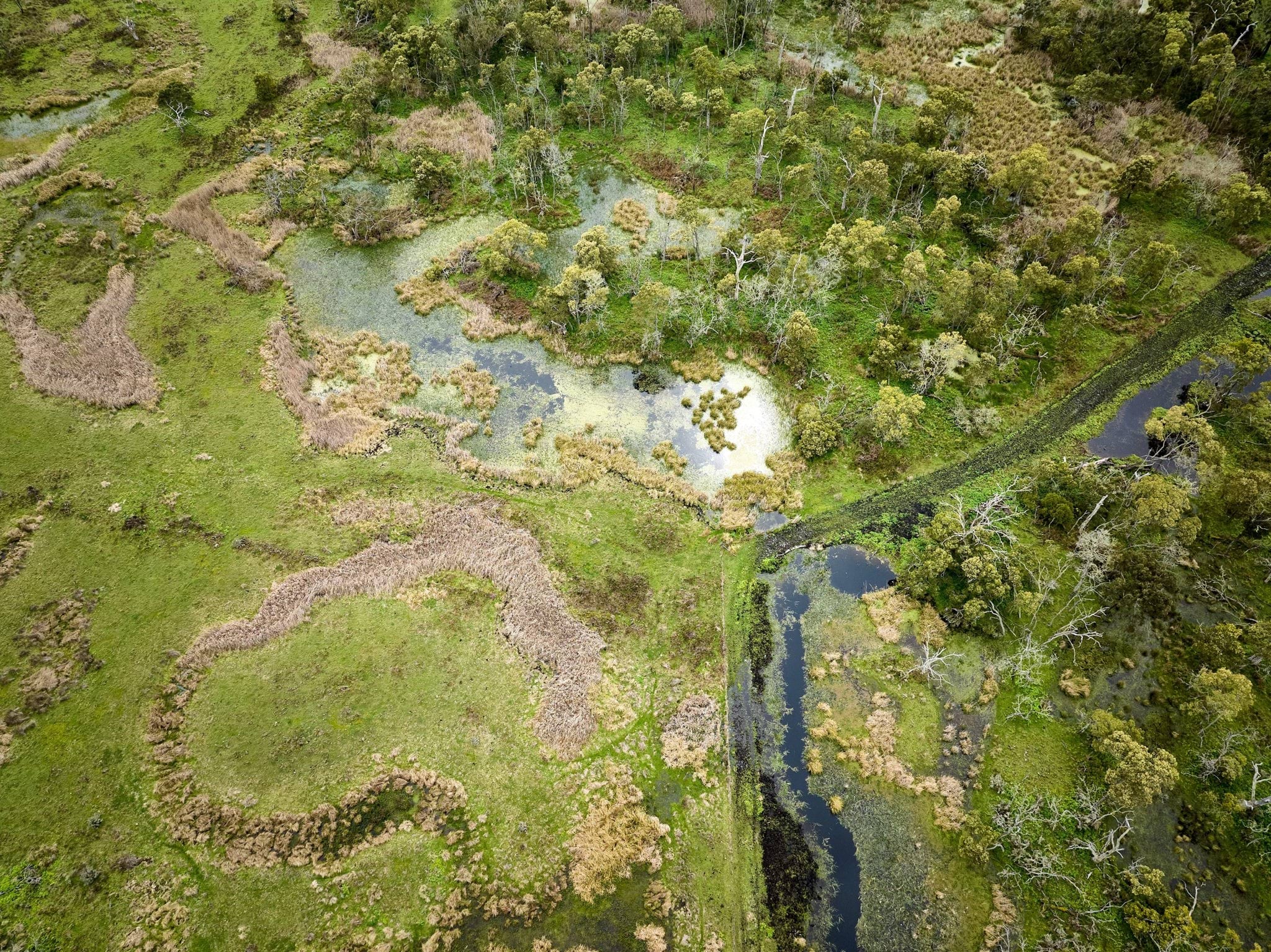This document provides an introduction to what Aboriginal cultural heritage is and how we celebrate it.
For more information on the Aboriginal Heritage Act and the decision makers, parties and ways the Act protects Aboriginal cultural heritage see The Aboriginal Heritage Act 2006 explained.
For more information on the two main processes that protect and manage cultural heritage - cultural heritage management plans and cultural heritage permits - see Processes that protect Aboriginal cultural heritage in Victoria.
What is Aboriginal cultural heritage?
Aboriginal cultural heritage includes physical artefacts such as rock art, fish traps, scarred trees and stone tools. Victoria has some of the highest concentrations of rock art in Australia.
Celebrating cultural heritage
As Victorians we all live on an ancient land that is home to the oldest continuing cultures in the world. First Peoples’ cultures, knowledge and traditions continue to grow and thrive today.
Protecting cultural heritage
Aboriginal people have a cultural responsibility to protect cultural heritage, inherited from their Ancestors. In Victoria we have statewide laws to protect Victoria’s Aboriginal cultural heritage.
Budj Bim
Budj Bim Cultural Landscape was the first site in Australia to be included by UNESCO on the World Heritage List exclusively for its Aboriginal cultural significance.
Buchan Munji (Bunchan Cave)
Buchan Munji is limestone country. A central settlement location set in an ancient Gunaikurnai cultural landscape.
Gariwerd (Grampians National Park)
Gariwerd has the highest concentration of rock art in south-east Australia.
Updated
